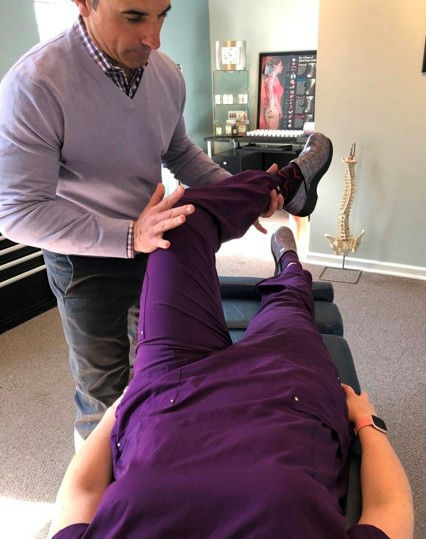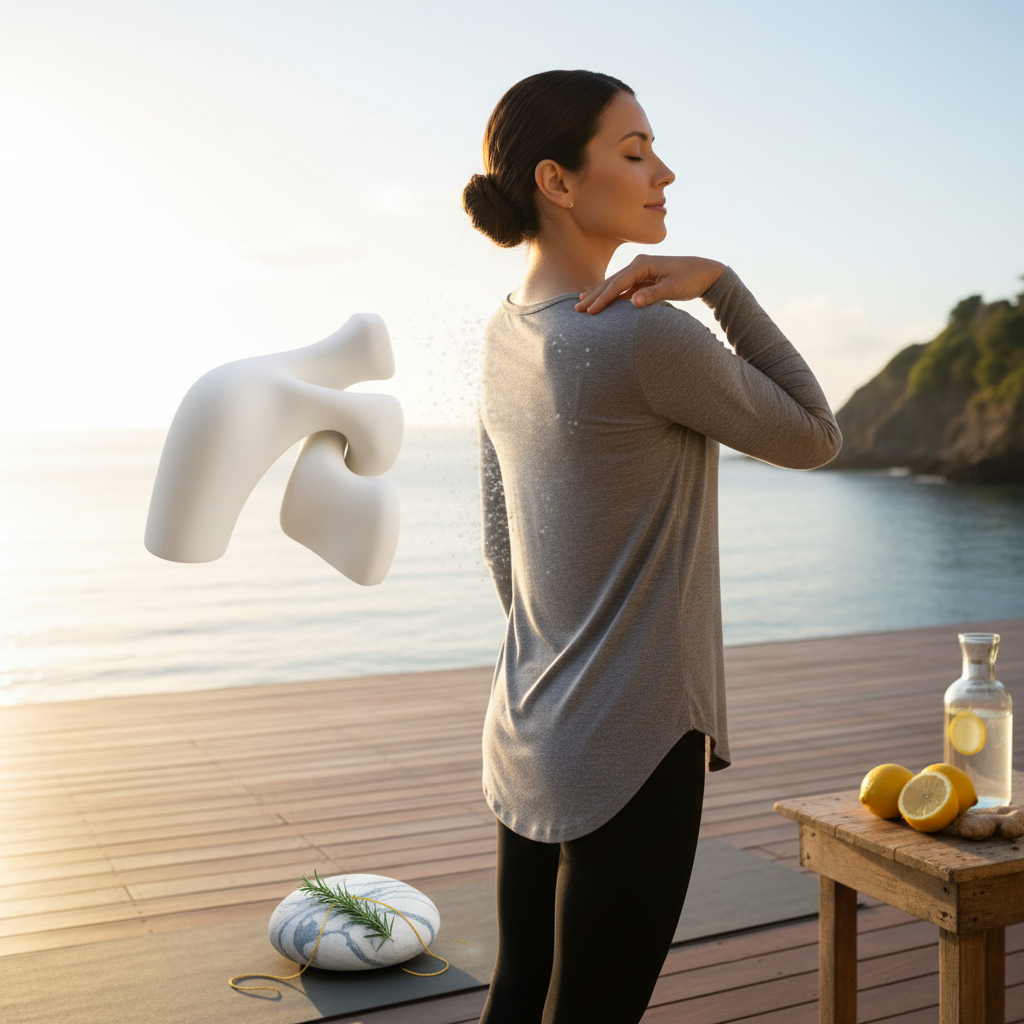Meet Maya. She is 52, works at a desk, has never played a sport, and lately her knees feel older than she does. No big injury. No marathon history. Yet her X-ray shows early osteoarthritis. Her doctor mentions joint inflammation and Maya wonders how that happened. The answer often starts in the kitchen.
How high insulin fans the flames in your joints
When meals are heavy in sugar, refined carbs, processed foods, and seed oils, insulin levels climb. With frequent spikes, insulin stays high, also called hyperinsulinemia. That state activates enzymes called delta-5 and delta-6 desaturases. These enzymes turn omega-6 fatty acids like linoleic acid into arachidonic acid. Your body then uses arachidonic acid to make pro-inflammatory signals that circulate everywhere, including the joints.
Inside the joint, chronic inflammation irritates the synovium, the slippery tissue that helps your cartilage glide. Swollen synovium can develop pannus tissue that chews into cartilage and bone. Add in higher levels of cytokines like TNF-alpha and IL-1beta, and you get more matrix metalloproteinases, the enzymes that break down cartilage. Over time the joint feels stiff, sore, and less stable. This is a common path toward osteoarthritis, even without major wear and tear.
Think of it like a smoke machine filling a room. You do not need a bonfire to set off the alarms. A steady haze keeps them blaring and the furniture takes damage anyway.
Why insulin resistance raises your arthritis risk
Insulin resistance means your cells do not respond well to insulin. The body compensates by pumping out more. That cycle drives ongoing low-grade inflammation. People with metabolic syndrome and type 2 diabetes have a higher risk for osteoarthritis because of this inflammatory environment. Cartilage loses protective signals, oxidative stress rises, and tissue repair slows. You do not need to be an athlete to end up with joint degeneration. A high-insulin internal setting can do the damage quietly.
Maya’s kitchen-table plan to lower insulin and calm joint inflammation
Maya wanted a plan that fit her real life. Here is what worked.
- Cut refined sugar and white flour. She moved desserts and sweetened drinks to rare treats. Most meals now center on protein, vegetables, and fiber-rich carbs like beans and berries. This flattens insulin spikes.
- Swap seed oils at home. Out went the big jug of vegetable oil. In came extra virgin olive oil, avocado oil, and a little butter for high-heat cooking. She limited ultra-processed snacks that pack omega-6 fatty acids.
- Balance fats. Twice a week she added salmon or sardines for omega-3s, which compete with arachidonic acid pathways. A small handful of nuts and seeds rounded out healthy fats without overdoing total omega-6.
- Prioritize protein and fiber. Each meal has 25 to 35 grams of protein and plenty of nonstarchy veggies. Protein steadies blood sugar. Fiber slows digestion and improves insulin sensitivity.
- Move most days. A 30-minute walk after dinner and two short strength sessions per week. Muscles act like a sponge for glucose and help lower baseline insulin.
- Sleep and stress basics. She aimed for 7 to 8 hours and used a 5-minute breathing routine. Poor sleep and chronic stress push insulin higher.
What results can you expect and when
Within two weeks, Maya noticed less morning stiffness and fewer post-meal energy crashes. By four to eight weeks, her knees felt looser on stairs. Everyone is different, but many people feel changes in energy and swelling within a month when they cut insulin-spiking foods and add movement.
Common questions, quick answers
- Do I need to cut all omega-6 fats? No. You want a better balance and fewer ultra-processed sources. Focus on whole foods and add omega-3s.
- Is keto required? Not at all. You can lower insulin with any pattern that reduces refined carbs, boosts protein and fiber, and limits processed foods.
- What if I have diabetes? Talk with your clinician, since meds can change. The same principles apply. Less sugar and refined flour, more protein, fiber, and movement.
- Does exercise really matter for joints? Yes. It increases insulin sensitivity, builds muscle to support the joint, and reduces inflammatory signals.
Bottom line
If your joints hurt and you have not








